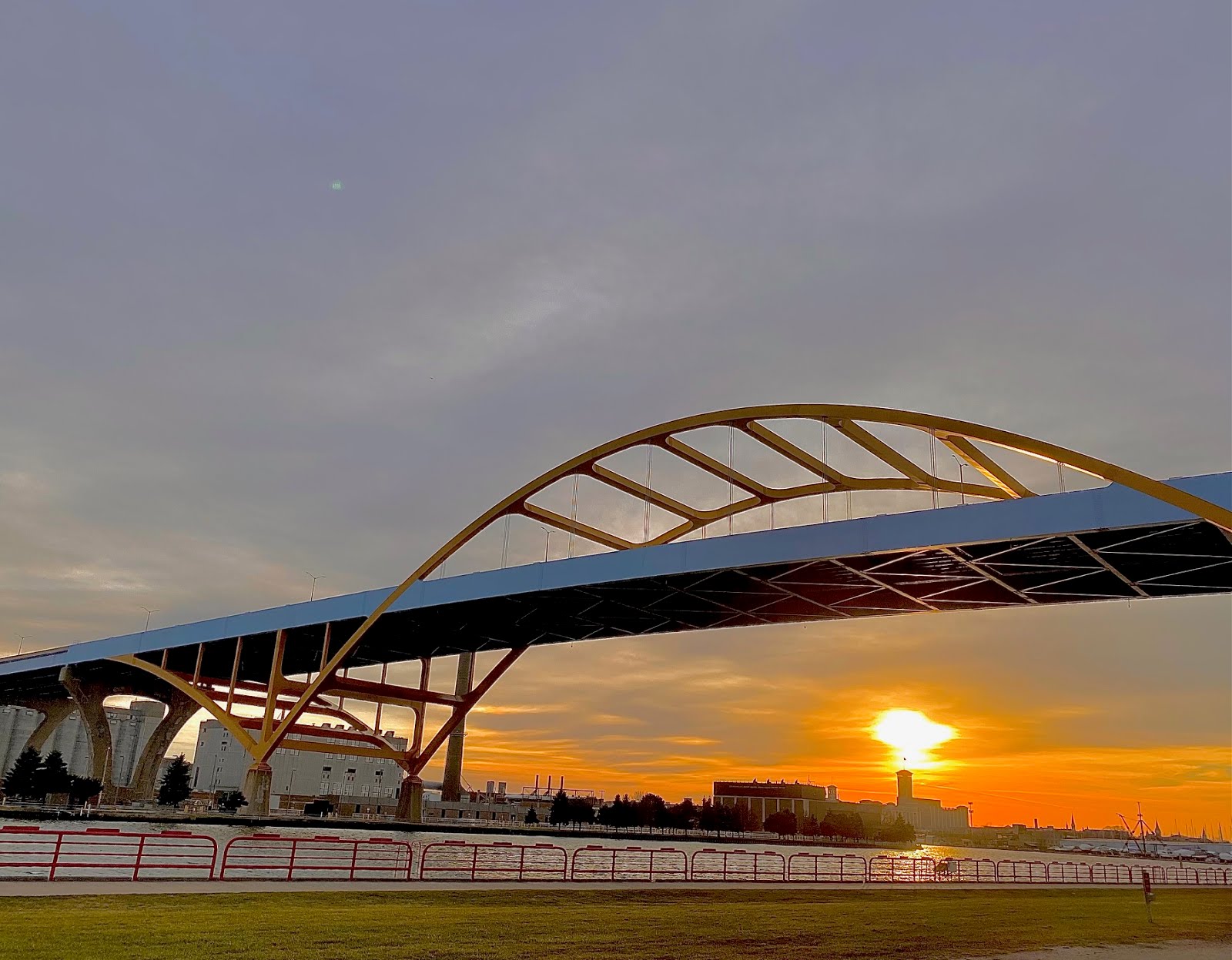Change Is Everywhere - - Except In Highway Planning
Huge layoffs and aircraft mothballing at Midwest Airlines.
Even faster production cessation at the General Motors truck plant in Janesville.
Tract and subdivision homes losing value quicker and deeper than city or older, inner-ring suburban properties.
Spiking fuel costs are making economic waves and changing behaviors everywhere - - except in the offices of public sector agencies that plan highways and have power over transportation improvements and investments.
At the Wisconsin Department of Transportation, and the Southeastern Wisconsin Regional Planning Commission, planners, designers and engineers continue to propose and execute highway construction projects as if gasoline still cost about half what it actually costs today.
WisDOT is forging ahead with a $1.9 billion bells-and-whistles rebuilding and expansion of I-94 from south Milwaukee to the Illinois state line.
It is using a plan recommended by SEWRPC in 2003 that used traffic projections based on gasoline costing $2.30-a-gallon, with a predicted 3% annual increase, putting it today at $2.51-a-gallon.
[I was at SEWRPC today: regular gas at the Mobil station just south of the offices there at the intersection of State highway 164 and I-94 costs $4.299-a-gallon]
The same SEWRPC-written, WisDOT-implemented plan also contains another $3.8 billion in spending throughout the SEWRPC seven-county region on more freeway rebuilding and added lanes, with a half-billion ticketed in 2012 for the Zoo Interchange west of Milwaukee.
SEWRPC's plan calls for adding 127 miles of new lanes, but did not include any rail components.
Taking its cues from SEWRPC, and incorporating its own historic disdain for any passenger rail except the federally-subsidized Amtrak system, WisDOT did choose to add them - - even though a commuter rail initiative from Milwaukee to Racine to Kenosha, parallel to the freeway segment being widened in that corridor, sits on a shelf after many years of study.
Plenty of people have worked on the commuter rail plan in good faith. That's not the problem.
It's that road-building signals coming from the top are still the priority and direction.
I know a person pretty high up in the Minnesota Department of Transportation - - the WisDOT equivalent just to our northwest - - and that person said when Jesse Ventura was elected Minnesota Governor, the law was laid down:
We're Building Light Rail In The Twin Cities, Now!
The agency was redirected from the top to get it done, and the Hiawatha system is up and running, and breaking all ridership projections.
In our largest urban area, we do not have these choices - - because our political leaders and their opinion-maker partners deny them to us.
While Governor, Tommy Thompson and then-Waukesha County Executive Dan Finley toadying to anti-city interests fomented by right-wing talk radio, blocked and vetoed light rail.
The Waukesha Freeman as we speak opposes Waukesha County even joining a regional transportation authority to rationalize area-wide transportation services because it believes it would be too much of a benefit to the City of Milwaukee.
Our bus system in Milwaukee is dying, rail is stalled, but billions are about to be spent on wider highways, with fancier exit ramps, as driving is declining.
It's a collective state and regional failure, being played out with our tax dollars, on behalf of a dying paradigm in which road contractors and their political allies are the winners at society's expense.









No comments:
Post a Comment